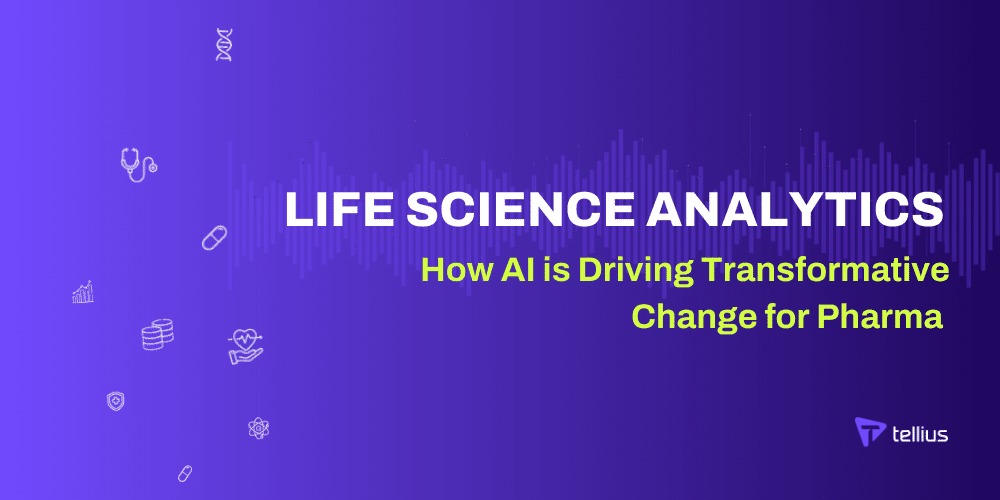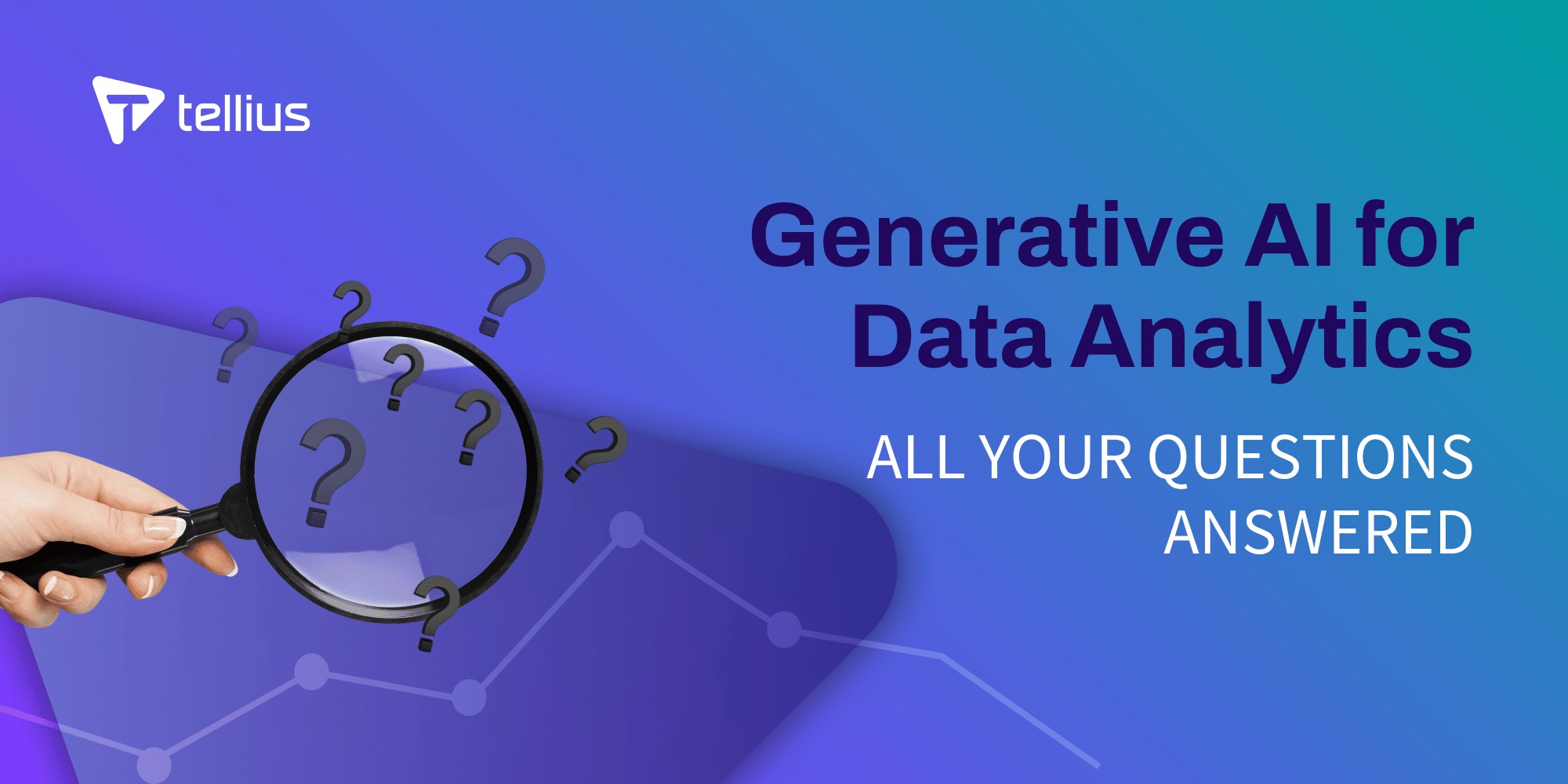 Explosive Keyword Research – Target Buyers, Not Just Traffic!
Explosive Keyword Research – Target Buyers, Not Just Traffic!
How Augmented Analytics is Reshaping Business Intelligence
Written by Tellius » Updated on: June 17th, 2025

Augmented analytics is becoming a revolutionary force in the rapidly changing field of business intelligence (BI), transforming the way companies extract insights from data. Traditional BI tools have long relied on data analysts and IT professionals to manually explore, clean, and interpret data before actionable insights can be generated. However, augmented analytics leverages machine learning and artificial intelligence (AI) to automate these tasks, thereby empowering business users to make data-driven decisions more swiftly and effectively than ever before.
The Rise of Augmented Analytics
Augmented analytics represents a significant shift from the conventional approach to BI. It integrates AI and machine learning algorithms into the analytics process, automating data preparation, insight generation, and natural language processing (NLP) for querying data. By reducing the reliance on manual intervention, augmented analytics democratizes access to data insights across the organization, enabling non-technical users to harness the power of data without extensive training in analytics.

Key Benefits of Augmented Analytics
Accelerated Decision-Making: By automating data preparation and analysis, augmented analytics speeds up the time-to-insight. Business users can promptly access relevant data insights and act upon them in real-time, enhancing agility and responsiveness in decision-making processes.
Improved Accuracy and Reliability: AI-driven algorithms enhance the accuracy of data analysis by identifying patterns, correlations, and anomalies that may go unnoticed with traditional methods. This ensures that decisions are based on comprehensive and reliable information.
Empowering Business Users: Augmented analytics platforms feature intuitive interfaces and natural language processing capabilities that enable business users to interact with data effortlessly. Users can pose queries in everyday language and receive actionable insights without the need for technical expertise.
Enhanced Predictive Capabilities: Machine learning models embedded within augmented analytics solutions can predict future trends and outcomes based on historical data patterns. This predictive capability empowers organizations to anticipate market shifts, customer behavior changes, and operational challenges proactively.
Real-World Applications
Augmented analytics is transforming various industries and functions:
Marketing and Sales: Marketers leverage augmented analytics to identify customer segments, personalize marketing campaigns, and optimize pricing strategies based on real-time insights.
Finance: Financial analysts use predictive analytics to forecast market trends, manage risk, and optimize investment portfolios.
Healthcare: Healthcare providers utilize augmented analytics to analyze patient data, improve clinical outcomes, and optimize resource allocation in hospitals.
Challenges and Considerations
While augmented analytics offers substantial benefits, its adoption presents challenges such as data privacy concerns, the need for skilled data scientists to manage AI models, and integration complexities with existing BI systems. Organizations must invest in robust data governance frameworks and ensure ethical use of AI to mitigate these challenges effectively.
The Future Outlook
As AI and machine learning technologies continue to advance, the capabilities of augmented analytics are expected to evolve further. Future developments may include enhanced natural language processing capabilities, deeper integration with IoT data streams, and the democratization of advanced analytics tools across all levels of the organization.
Augmented analytics represents a paradigm shift in how businesses harness the power of data to drive strategic decision-making. By automating data processing, enhancing predictive capabilities, and empowering business users, augmented analytics is reshaping business intelligence into a more agile, efficient, and insightful discipline. Organizations that embrace augmented analytics stand to gain a competitive edge in today's data-driven economy, unlocking new opportunities for growth and innovation.
Note: IndiBlogHub features both user-submitted and editorial content. We do not verify third-party contributions. Read our Disclaimer and Privacy Policyfor details.
Men's Journal is a rugged and refined lifestyle adventure travel, food and drink Get in touch [email protected] to find out how we can help you reach everyday, affluent, and adventure seeking consumers on Men's Journal
Copyright © 2019-2025 IndiBlogHub.com. All rights reserved. Hosted on DigitalOcean for fast, reliable performance.













